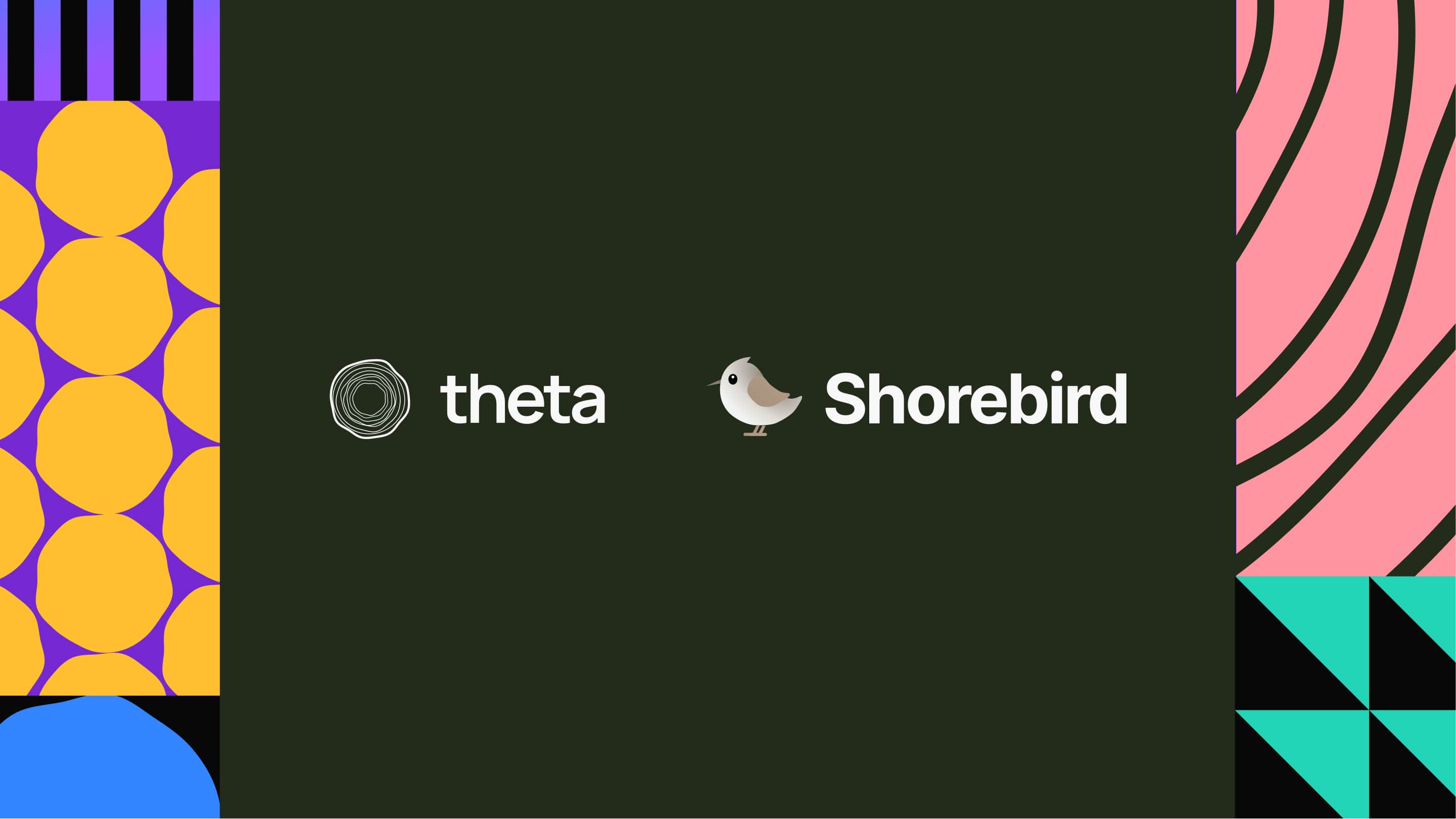Jul 3, 2023
At Theta, we believe in providing our users with all the necessary insights for making an informed decision. That's why we have put together a comprehensive comparison between our platform and Shorebird, a prominent player in the instant app update service domain. Although both platforms serve the same overall goal of optimizing the app development process, they each utilize a distinct approach and offer a unique set of features.
Code Push by Shorebird
Code push, as implemented by Shorebird, is a technology that allows developers to push code updates directly to users’ devices without going through the standard app store update process. This means that updates can be delivered more quickly and frequently, without the need for users to manually update the app.
Pros:
Faster updates: Changes can be made and pushed to users almost instantly.
Avoiding app store delays: Since updates are pushed directly to devices, there’s no need to wait for app store approval processes.
Can be integrated into existing Flutter apps without any code changes.
Cons:
Platform-specific: Shorebird’s code push is primarily designed for Flutter apps.
Requires users to be online to receive updates: If a user’s device is offline when an update is pushed, they won’t receive the update until they reconnect.
Limited to code changes: Code push updates are typically limited to JavaScript or Dart code changes and cannot update native code.
Remote Design System by Theta
Theta’s remote design system approach, on the other hand, focuses on updating the UI of an app via an API. This allows developers to design the UI and have it updated across all clients when changes are made. Developers can mix no-code and their local code, overriding each node with their widgets using any tech stack.
Pros:
UI consistency: A remote design system ensures that all instances of the app display the same UI, regardless of when they were installed or last updated.
Flexibility: Developers can use any technology stack. We are working on supporting other frameworks besides Flutter.
Supports A/B testing, automated testing, and conversion logs: These features make it easier to refine and improve the app over time.
Cons:
Requires more setup: Unlike code push, a remote design system requires more initial setup to establish the API and design system.
Potentially slower updates: Depending on the complexity of the design system and the speed of the API, updates may not be as instantaneous as with code push.
Limited to UI changes: While the remote design system approach is great for managing the app’s appearance, it’s not designed to push updates to the app’s underlying functionality.
In summary, both methods have their strengths and are suited to different scenarios. Code push is great for fast, frequent updates to the app’s functionality, while a remote design system is ideal for maintaining a consistent, flexible, and easily updateable UI.
Does the comparison make sense?
At first glance, comparing a code push service like Shorebird and a remote design system like Theta might seem like comparing apples and oranges. They serve different, though complementary, functions in the app development ecosystem.
Shorebird provides a mechanism for pushing instant updates to your app's codebase, enabling rapid iterations, bug fixes, or feature rollouts without the usual delays associated with app store review processes. It's a tool that focuses on the deployment aspect of app development.
On the other hand, Theta is a no-code design system that facilitates the creation and maintenance of UIs, offering a platform for collaborative design and version control. It is designed to ensure design consistency and facilitate UI updates across all app instances, acting as a bridge between the design and development process.
So, while comparing them might seem odd due to their different functionalities, it's a comparison between two tools that, when used together, can vastly improve the efficiency and control you have over the entire lifecycle of an app, from design to deployment and updates. In this sense, the comparison does indeed make sense.
Why using both?
Using both a code push methodology and a remote design system can provide a comprehensive, flexible approach to app development and maintenance. The combination offers the best of both worlds.
The code push methodology, like Shorebird's, can handle the back-end functionality updates swiftly and directly, bypassing app store delays and rapidly fixing bugs or adding new features. This approach keeps your app agile and responsive to user needs or business requirements.
On the other hand, a remote design system, like Theta's, can maintain the UI consistency and responsiveness across all app instances. It provides a flexible environment where developers can experiment with different tech stacks, allowing for innovation in the look and feel of the app. With the ability to perform A/B testing, automated testing, and maintain conversion logs, it becomes much easier to refine the user experience based on real-world data.
In essence, using both methodologies allows developers to maintain full control over their apps, from the user interface to the underlying functionality, providing an enhanced user experience while keeping the development process efficient and flexible.
Share this article
